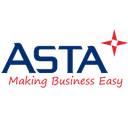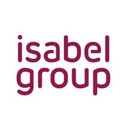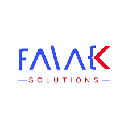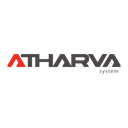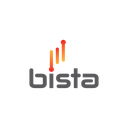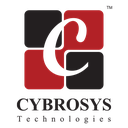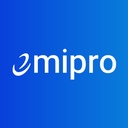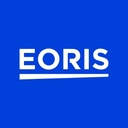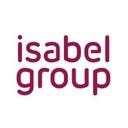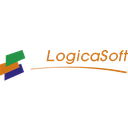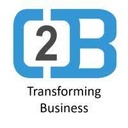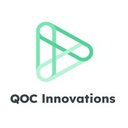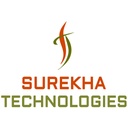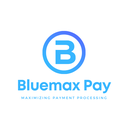-
Opening Keynote - Unveiling Odoo 17
Fabien PinckaersHoàn tất
-
Keynote - Vision & Strategy
Fabien PinckaersHoàn tất
-
Optimizing Inter-Company Order Management: Deep Dive into Tracking, Balancing, and Sharing Across Companies in Odoo
Cecilie BarretoHoàn tất
-
Managing Manufacturing Work-in-Progress (WIP) and Variance: Insights from Odoo Expertise
Jay VoraHoàn tất
-
Incorporating Labor Costs into Your Finished Goods with Odoo
Cecilie BarretoHoàn tất
-
Lednlux's Seamless Catalog Printing Transformation with Dynapps' Odoo-Powered PIM System
Stijn van GelderHoàn tất
-
Streamlining Sales and Manufacturing with an Advanced Product Configurator
Arpit ShethHoàn tất
-
VanGO | Plennix's Van App that handles all your B2B and B2C outbound operations!
Tony FarhatHoàn tất
-
Enabling 1000 Users on a Mission to Heal Children Globally with Odoo
Krimi ShahHoàn tất
-
Maximize ROI with AI-Powered App for Analytics-Driven Interactive PDFs on Odoo
Chirag JogiHoàn tất

Kaylie Kipe is the lead business consultant at Hibou, a US-based Odoo Partner. Hibou focuses on sustainable solutions, both out-of-the-box and through custom development, backed by enterprise-level support and user documentation. Hibou is also an avid contributor to the Odoo open-source community, OCA, and though their Hibou Odoo Suite: https://gitlab.com/hibou-io/hibou-odoo/suite
Returns management can be a complex and time-consuming process for companies. Hibou’s RMA application offers an efficient solution, enabling businesses to streamline returns and reduce internal resource use with RMA templates that are designed to cater to various requirements such as inbound and outbound pickings, return location, carrier selection, automatic credit note creation, and return period thresholds. With the customer-initiated returns feature available via the portal and automation in accounting outcomes, businesses can manage their returns more efficiently!
During this talk, we will review configuration options and show how each of them affects the outcome of an RMA, including:
- Adjusting the RMA templates for specific situations, ranging from traditional sales order returns to purely manual entry returns, or indicating it is a warranty or core return type, which have unique use cases and outcomes.
- Through the template, specify whether an RMA includes inbound and/or outbound transfers to be completed. You may also choose the return location of the product(s) and the shipping carrier.
- Empowering customers to submit the RMA through the portal. This not only gives them more control but also decreases the number of customer service inquiries related to returns.
- Configuring Odoo to automatically generate Credit Notes for customers and Vendor Refunds for vendors once an RMA is completed. This reduces manual accounting tasks during the return phase, ensuring correct accounting outcomes through automation.
- Defining product-specific parameters for sales and warranty returns, setting a limit beyond which a product can't be returned without approval from management.
We will then demonstrate real-life scenarios for handling a return from our customer, John:
- Customer Initiated Return: John initiates a return via the portal and creates an RMA (Return Merchandise Authorization).
- Internal User Approval Process: The customer support team reviews the RMA and determines if they will approve it, communicating the decision to John.
- Return of Product: On confirmation of the RMA, an inbound picking is created to receive the product back from the customer. This is used by the inventory team during receipt of the return.
- Refund to Customer: Once the product(s) are received from the customer, the RMA can be marked as Done, which will automatically generate a Credit Note for review and processing by the accounting team.
- Return to Vendor Authorization: When configured to kick off an RTV (Return to Vendor) as the next step, the completion of the customer RMA will generate an RTV which can be used to request vendor authorization to return the product, ensuring compliance with the vendor's return policy.
- Vendor Refund: Once the vendor receives the product and processes the return, the RTV can be marked as Done and a Vendor Refund will be automatically generated.
The RMA application is a dynamic solution for managing returns efficiently, streamlining processes, and reducing internal resource utilization. With customizable RMA templates that cater to various business requirements, the Hibou RMA application provides companies with an efficient workflow and automation to enhance their Odoo processes.




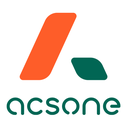




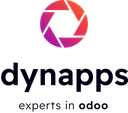




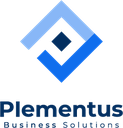



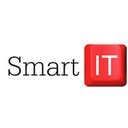
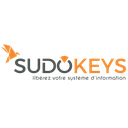
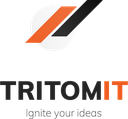














![GLOBAL CREATIVE CONCEPTS TECH CO LTD [ iWesabe ]](https://odoocdn.com/web/image/event.sponsor/2232/image_128/Global%20Creative%20Concepts%20%5B%20iWesabe%20Technologies%20%5D?unique=cf3e01f)


